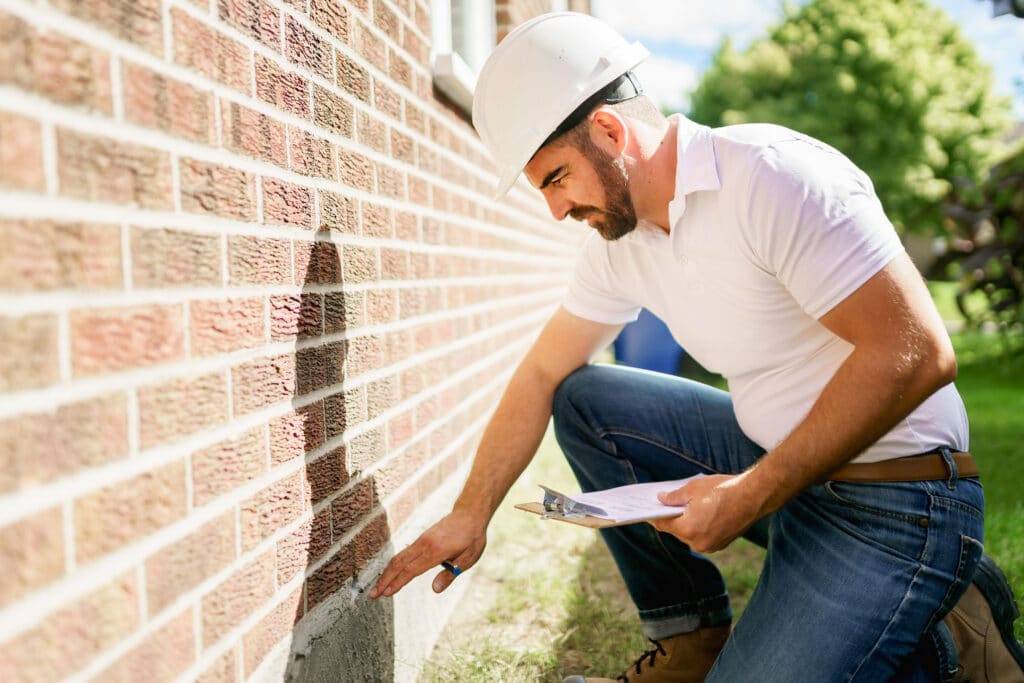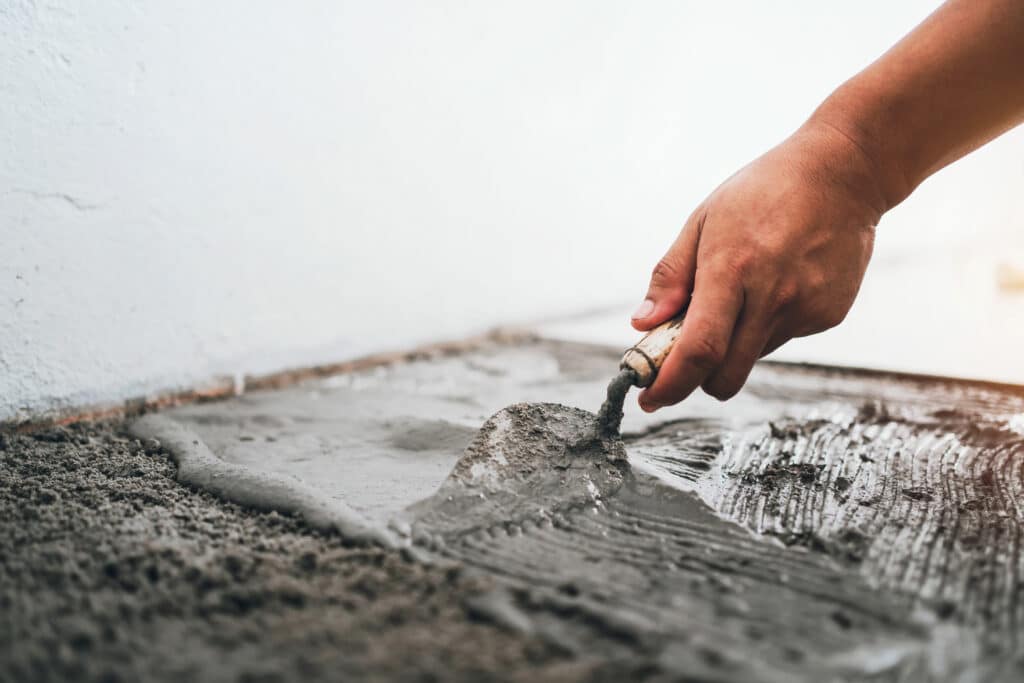Common Causes of Foundation Problems in Alexandria
Foundation issues have several possible causes. Here are the top ones for Alexandria residents:
- Soil composition: Soil with large clay or sand concentrations is highly expansive. In the heavy rainfall Alexandria gets, the soil absorbs moisture like a sponge, then releases it in dry seasons. The constant expansion and contraction presses against nearby foundations, even if the foundations stay dry.
- Standing water: Standing water around your home can harm your foundation's integrity, especially when it gathers in areas your gutter system doesn't cover.
- Aging plumbing: The average Alexandria home construction year is 1971. If you live in an older home, it's likely to have cast-iron plumbing. When the pipes start to erode, leaking water could reach your foundation and even pool beneath it.
- Tree Roots: Tree roots can intrude into a home's foundation through crevices, and may apply force that results in your foundation fracturing, pipes leaking, and overall structural weakening.
How to Choose the Best Foundation Repair Company
When choosing a foundation repair company, you should consider your personal priorities. Ask each provider on your list about the following qualities.
Licensing and Experience
The Virginia Department of Professional and Occupational Regulation issues licenses to foundation repair companies. The license a company has determines what work it can do and what size projects it can handle. Talk to representatives to gain more insight into a company's experience. You should ask about local inspection processes, permit ordinances and building codes.
Another way to evaluate a company's reputation is to look at its website. There, you can learn how long it's been in business and its trade qualifications. It might also share knowledge and insights through blog posts, podcasts, or videos.
Customer Reviews
We advise checking the company's Better Business Bureau (BBB) profile to see whether it's accredited and has a positive customer review score. You can check whether other homeowners have shared satisfaction or filed complaints. Pay special attention to what customers say about company warranties. Negative feedback doesn't mean a contractor is bad news. BBB reviews show how the company dealt with complaints. It's a positive sign if the company has settled issues favorably and proactively. You should steer clear of a company with numerous negative reviews, no accreditation, and no communication regarding issues.
Foundation Repair Cost in Alexandria
The price of foundation repair can vary substantially based on the severity of the issues and what needs to be fixed. For minor foundation fissures and settling problems, you may pay as little as $1,800. However, if there is substantial damage, the average cost is about $3,000. More intricate projects requiring digging, helical piers, or major mudjacking could cost $6,900+. Below are the average foundation repair costs for common issues.
| Common Foundation Repair Services | Average Cost |
|---|---|
| Crack Repair | $358 |
| Leak Repair | $2,889 |
| Stabilization | $5,014 |
| Underpinning | $1,371 |
| Waterproofing | $3,193 |
Ready to Get a Quote on Your Foundation Repair Project?
Please enter a valid 5-digit zip code!
Frequently Asked Questions About Foundation Repair in Alexandria
What will I pay to repair my foundation in Alexandria?
Will my homeowners insurance cover foundation repair?
Do Alexandria foundation repair companies offer warranties or guarantees?
Do I need to leave my home for foundation repair work?
That said, foundation repair crews operate heavy machinery, and you'll occasionally experience loud noises or tremors. If either of these will disturb you, you might prefer to leave and return when the crew is finished.
To share feedback or ask a question about this article, send a note to our Reviews Team at reviewsteam@thisoldhousereviews.com.
More Foundation Resources
National Foundation Repair Ranking Methodology
Sources
U.S. Census Bureau (American Communities Survey)
















